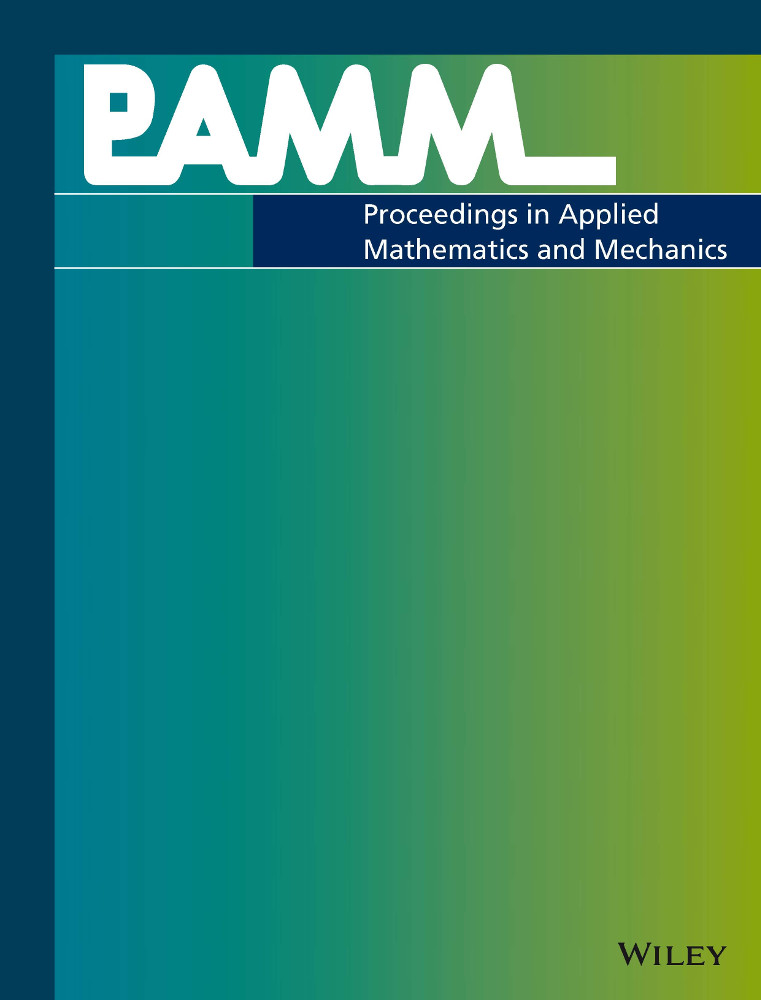Injection molding of semi-crystalline polymers in a space-time framework
Abstract
The challenges in the numerical simulation of the polymer injection molding process are manifold. Such simulation involves a two-phase flow formulation and the physical modeling of complex material, i.e., molten polymer. This paper presents a complete macroscale simulation approach for the filling stage of injection molding with semi-crystalline polymers, applied on polypropylene as example. Accurate and efficient results are obtained using a space-time finite-element discretization. Heading towards more efficient computations, we search for a reduction of the polymer's physical model, which includes variable viscosity, density, and several crystallization models. The final contribution of the present work is a model sensitivity analysis, which evaluates the relevance of each material model during the filling stage of injection molding.




